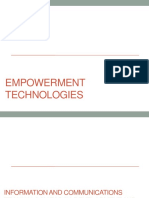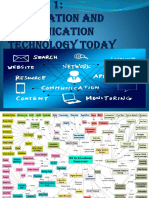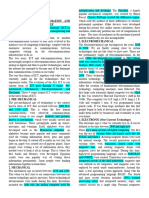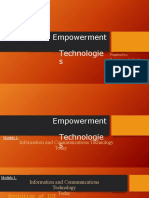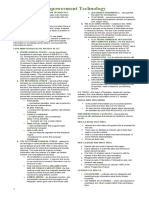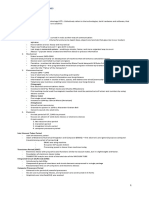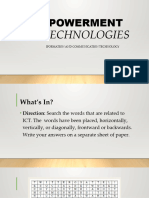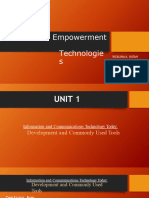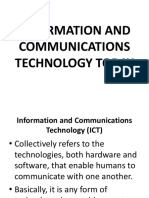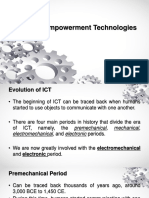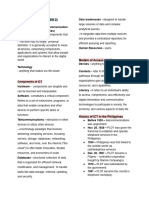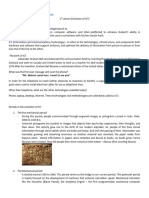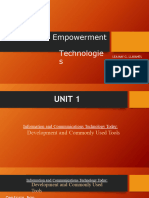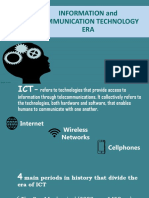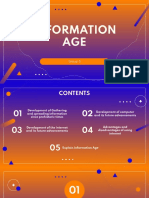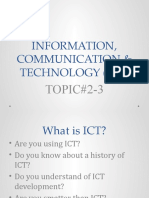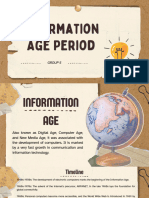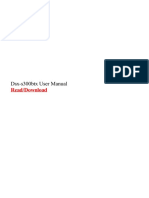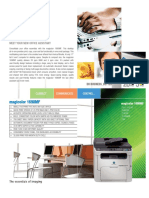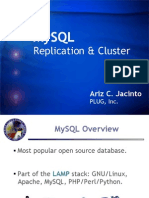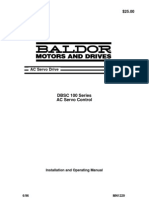0% found this document useful (0 votes)
25 views44 pagesLesson 1 - Defining Ict
The document provides an introduction to Information and Communication Technology (ICT) and its historical evolution, outlining four main periods: pre-mechanical, mechanical, electromechanical, and electronic. It discusses the development of communication technologies from early pictograms to modern digital devices, emphasizing the impact of the World Wide Web and social media on contemporary communication. The lesson aims to equip learners with the ability to define ICT and explain its history in the Philippines.
Uploaded by
April Maningding RubangCopyright
© © All Rights Reserved
We take content rights seriously. If you suspect this is your content, claim it here.
Available Formats
Download as PDF, TXT or read online on Scribd
0% found this document useful (0 votes)
25 views44 pagesLesson 1 - Defining Ict
The document provides an introduction to Information and Communication Technology (ICT) and its historical evolution, outlining four main periods: pre-mechanical, mechanical, electromechanical, and electronic. It discusses the development of communication technologies from early pictograms to modern digital devices, emphasizing the impact of the World Wide Web and social media on contemporary communication. The lesson aims to equip learners with the ability to define ICT and explain its history in the Philippines.
Uploaded by
April Maningding RubangCopyright
© © All Rights Reserved
We take content rights seriously. If you suspect this is your content, claim it here.
Available Formats
Download as PDF, TXT or read online on Scribd
/ 44






